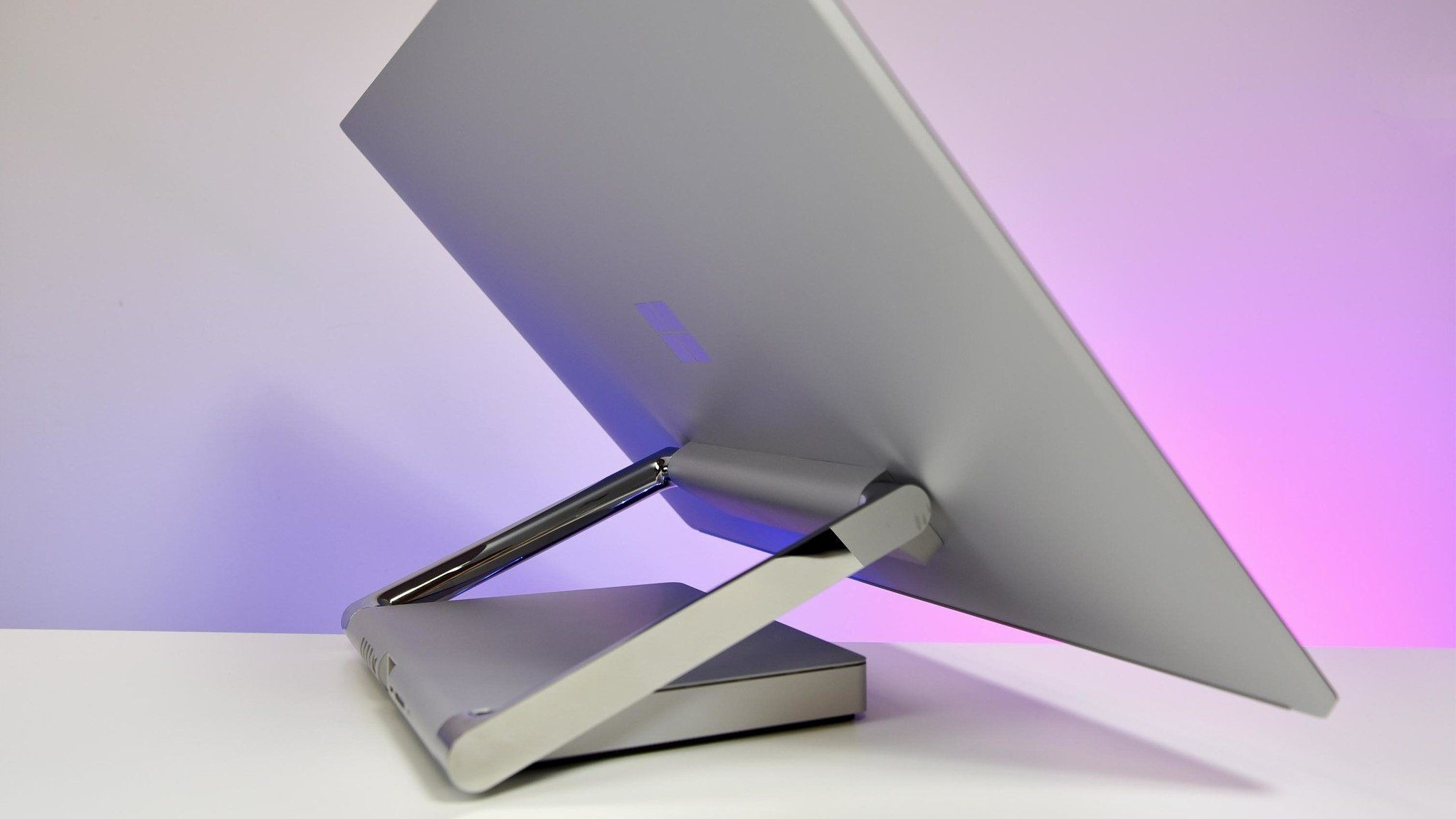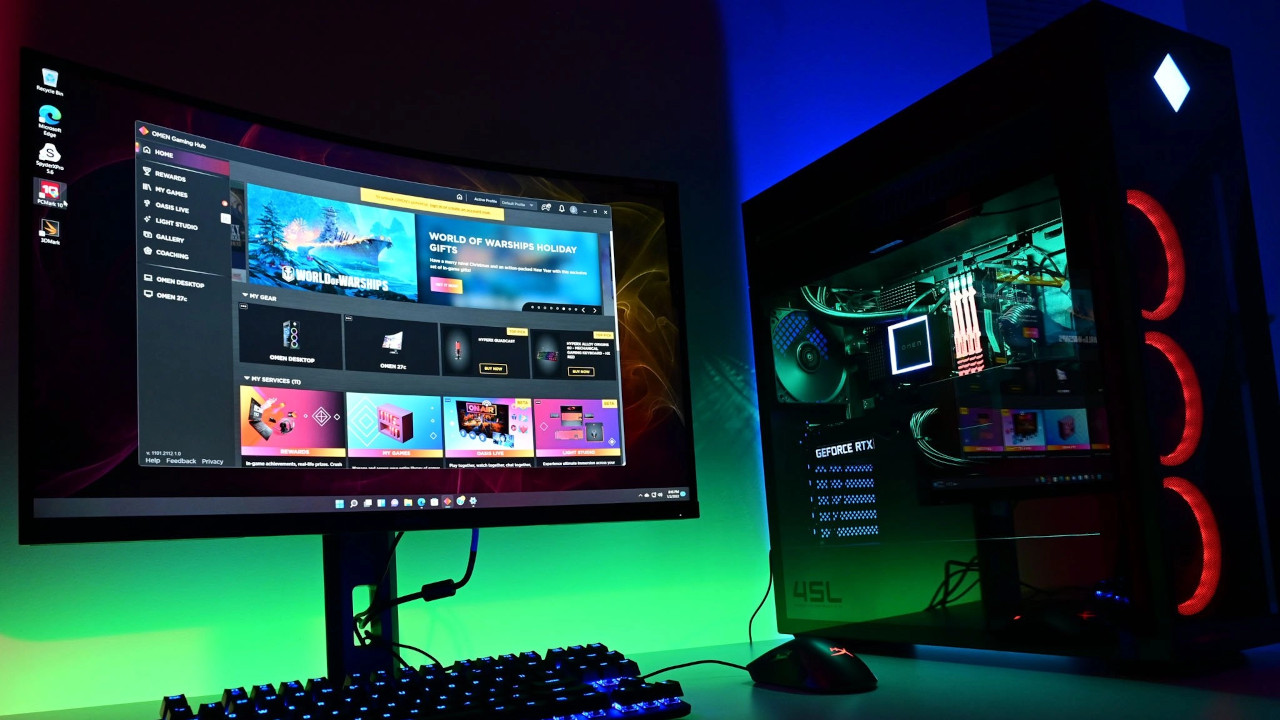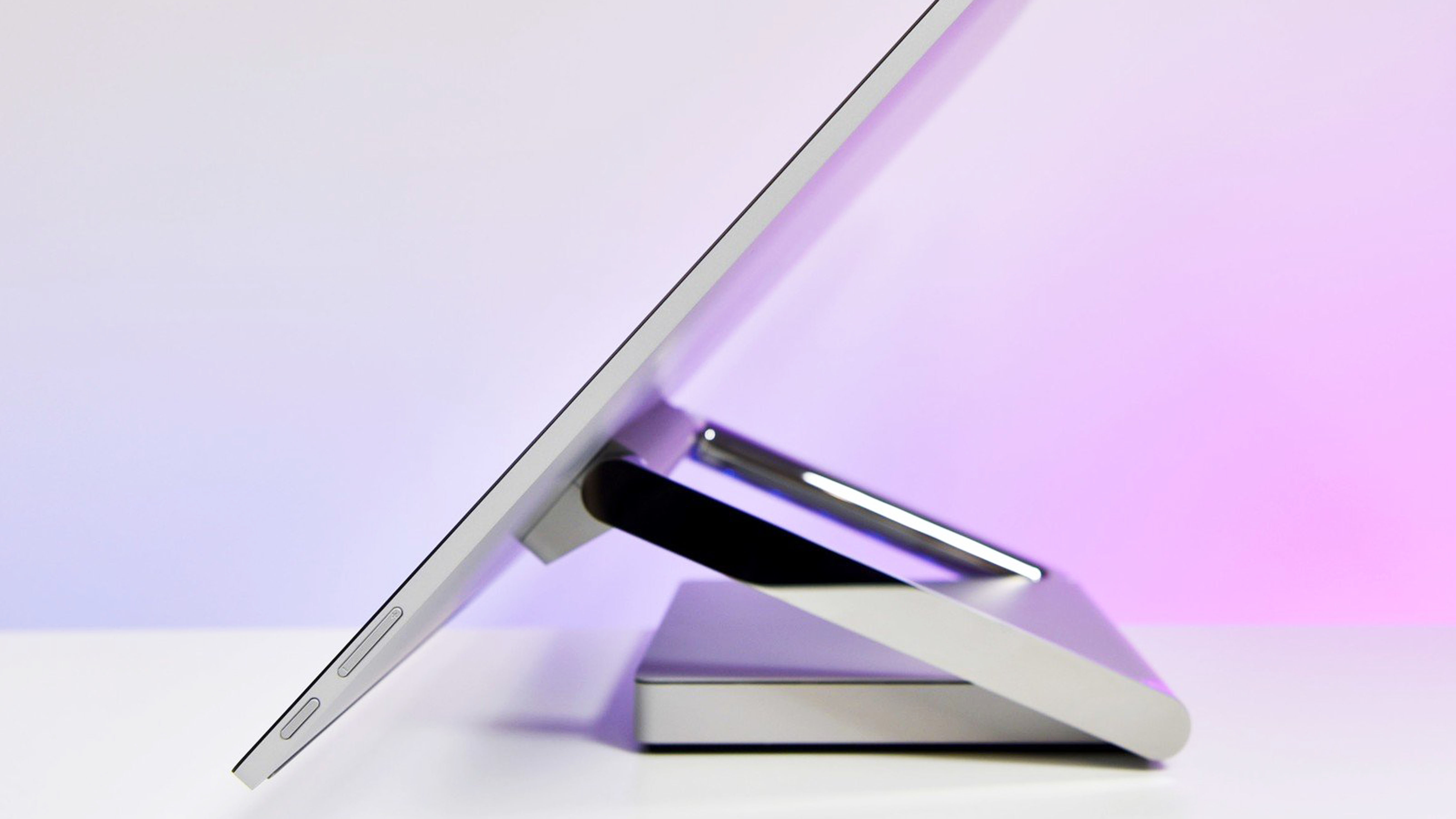In a former life, before I was a full-time journalist, I worked in marketing. I created videos, screenshots, and other content related to a suite of apps. When there, I got to use a Surface Studio as one of my main PCs. I remember sitting at my desk the first time and just moving the screen of the Surface Studio up and down with one hand. It’s truly an awe-inspiring piece of technology.
Fast forward around half a decade, and Microsoft’s Surface Studio is still impressive. It’s aged well over the years, even though it hasn’t seen a major design overhaul. But with the announcement of the Surface Studio 2+, I felt a twinge of disappointment. It’s now been six years since Microsoft introduced the Studio line, and we still don’t have a Surface Studio monitor.
I understand the allure of a sleek All-in-One PC, but what always impressed me about the Surface Studio was its floating display, not the slim body housing its internals. While I wouldn’t pay the $4,499 Microsoft asks for a full Surface Studio for just a monitor, I would pay a pretty penny for a standalone Surface Studio display.
Having outdated specs at launch

I’d want the option to have a Surface Studio monitor even if the Surface Studio had the latest and greatest specs. But the fact that the Surface Studio launches with specs that are multiple generations old exacerbates the issue. The Surface Studio 2+ ships with an 11th Gen Intel processor. In comparison, the Surface Pro 9 features a 12th Gen Intel chip.
I admit I’m not rich enough to regularly purchase a $4,500 device, but if I were, I’d want it to have high-end specs out of the box. Shipping with a more recent generation of CPU would future-proof the Surface Studio a bit.
Of course, the specs of the Surface Studio wouldn’t matter if you could purchase a Surface Studio monitor and use a separate desktop.
Bringing your own PC

While it’s impressive that Microsoft can fit the Surface Studio’s computing power into its base, that setup comes with disadvantages. Most notably, it’s basically impossible to upgrade the components of the Surface Studio 2 or the original Surface Studio. To Microsoft’s credit, the company drastically improved repairability with the Surface Studio 2+. You can replace the display, motherboard, thermals, power supply unit, feet, C-cover, hinge cover, and SSD of the newest Studio.
Note that the CPU and GPU didn’t make the list of replaceable parts in the Surface Studio 2. That means you can spend around $5,000 on a computer and have its most important internals out of date within a couple of years without the option to upgrade.
I’m sure there are corporations and individuals that have enough of a budget to purchase a new Surface Studio every few years, but for those of us that can’t, it would be nice to have a standalone Surface Studio display. It wouldn’t be as sleak as an All-in-One, but it would provide a way to get the gorgeous and versatile screen of the Surface Studio while bringing your own PC.
A Surface Studio monitor would be worthwhile on both sides of the creative scale. Those on a budget could get a more affordable PC to plug in to the display, while high-end professionals could pair a powerful GPU with the unique screen of the Surface Studio. Considering that the RTX 4090 is larger than an Xbox Series S, it’s unreasonable to think Microsoft could fit one in the base of a Surface Studio. But a professional creator could connect their desktop with one of the best graphics cards to a Surface Studio monitor without worry.
Reducing e-waste
Unless you use a modular system, the concept of an All-in-One PC is going to come with some form of e-waste. That issue isn’t limited to the Surface Studio. Each of the best All-in-One PCs will become dated at some point when it comes to internals, causing users to replace several components that are otherwise up to date. For example, the HP Envy 34 has a 5K display that should age well. Its 11th Gen Intel CPU and RTX 3080 will be out-of-date before the screen is. It’s worth noting that the HP Envy 34 allows you to easily upgrade its RAM and SSD, but that doesn’t completely fix the issue.
Of course, that’s the nature of the beast with All-in-One PCs. You trade upgradeability to get a compact design with simple cable management. What makes the Surface Studio stand out is that you don’t have the option to get the display of the Studio on its own.
If you want to Surface Studio display, you’ll have to get a new one every few years to keep the rest of your PC up to date, even if you’re happy with the screen itself. That doesn’t exactly line up with Microsoft’s mission of sustainability.
It’s also worth noting that even if you wanted to use an old Surface Studio as a monitor, you can’t. It’s not possible to use the USB-C/TB4 port on the back as a display input from another PC. Even if Microsoft doesn’t release a standalone Surface Studio monitor, it could allow people to use the beautiful display with new hardware by adding support for display input.
Giving us options

There aren’t other monitors on the market that are like that of the Surface Studio. The All-in-One’s gigantic floating display is both stunning and fun to use. You can edit photos or videos on the screen and then glide it down to use as a digital canvas. It encapsulates the spirit of the Surface lineup. Unfortunately, it comes with a price tag that has become too common with Microsoft’s flagship hardware.
While screen technology continues to improve, even professional creators can stick with a monitor longer than a CPU or GPU. I know plenty of creators that will have a monitor last through several desktop PCs. It’s just unfortunate that none of them have the option to do that wit the Surface Studio.




